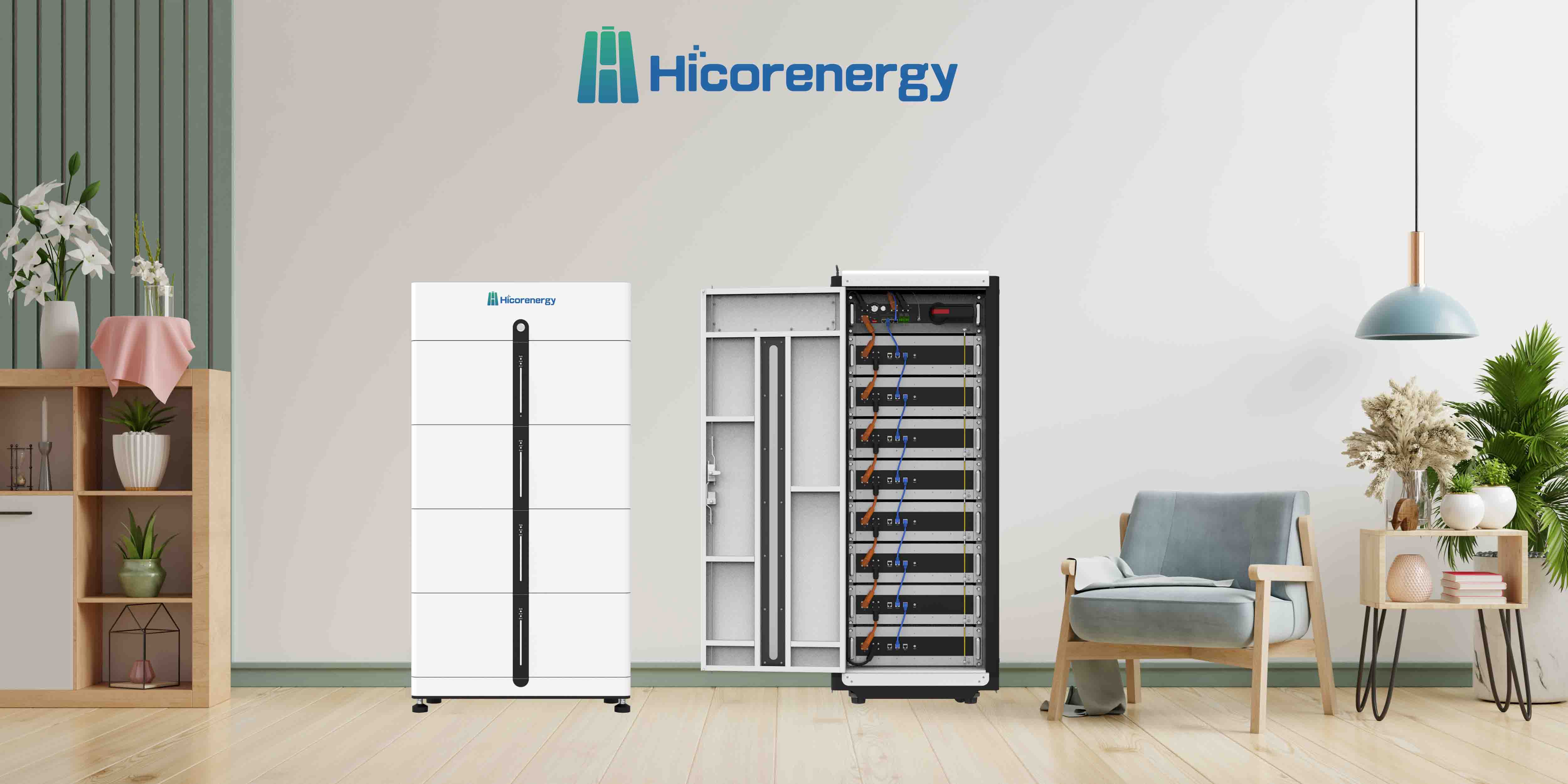The Importance of Advanced Battery Cooling
In the realm of modern technology, from electric vehicles to sophisticated drone management systems, the performance and safety of the power source are paramount. The heart of these systems is often a lithium-ion battery pack, which requires careful thermal management to operate efficiently and safely. An Air Cooling Battery System represents a foundational and highly effective approach to dissipating the heat generated during operation. Without proper temperature control, battery life, performance, and safety can be severely compromised, making the selection of an appropriate cooling strategy a critical design consideration for any high-performance electronic device.
Understanding Battery Heat Generation
Why is cooling so crucial for lithium-ion batteries? During both charging and discharging cycles, chemical reactions and internal resistance within the battery cells generate a significant amount of heat. If this heat is not effectively removed, the battery's internal temperature can rise to dangerous levels. Elevated temperatures accelerate cell degradation, leading to a shorter operational lifespan and reduced capacity. In more extreme cases, it can trigger a hazardous condition known as thermal runaway, where a chain reaction of overheating cells can lead to fire or explosion. Therefore, maintaining the battery pack within its optimal temperature range, typically between 20°C and 40°C, is essential for both longevity and safety.
An Overview of Lithium-ion Cooling Methods
There are several established Lithium-ion Cooling Methods available, each with its own set of advantages and ideal use cases. These methods can be broadly categorized into air cooling, liquid cooling, and phase-change material (PCM) cooling. Liquid cooling, for instance, is highly efficient and can handle very high heat loads, but it adds complexity, weight, and cost due to its need for pumps, radiators, and coolant. An Air Cooling Battery System, by contrast, offers a simpler and often more cost-effective solution. This approach can be either passive, relying on natural airflow and heat sinks, or active, which utilizes fans to force a controlled stream of air across the battery cells, dramatically enhancing heat dissipation and making it suitable for a wide array of applications.
Advantages of Air Cooling Systems
The primary appeal of an Air Cooling Battery System lies in its balance of simplicity, reliability, and cost-effectiveness. Compared to liquid-based alternatives, air cooling systems have fewer components, which reduces the overall weight—a critical factor for aerial applications like drones where every gram matters. The reduced complexity also translates into lower manufacturing costs and significantly less maintenance, as there are no concerns about coolant leaks or pump failures. For many applications, including hybrid vehicles and advanced aerial drones, an active air cooling setup provides more than sufficient thermal management to ensure the battery operates within its ideal temperature window, delivering consistent power and a long service life without the added mass of a liquid system.
Applications and Design Considerations
While highly versatile, the effectiveness of an air cooling solution depends on the application's specific demands and operating environment. It is an excellent choice for systems where power density is moderate and ambient temperatures are not excessively high. For instance, a drone fleet performing surveillance or mapping tasks benefits greatly from a lightweight and reliable Air Cooling Battery System to maximize flight time and operational efficiency. When designing such systems, engineers must consider airflow pathways, fan placement, and heat sink design to ensure uniform cooling across all cells in the battery pack. By carefully optimizing these factors, air cooling stands out among various Lithium-ion Cooling Methods as a practical and robust technology for powering the next generation of automated solutions.








